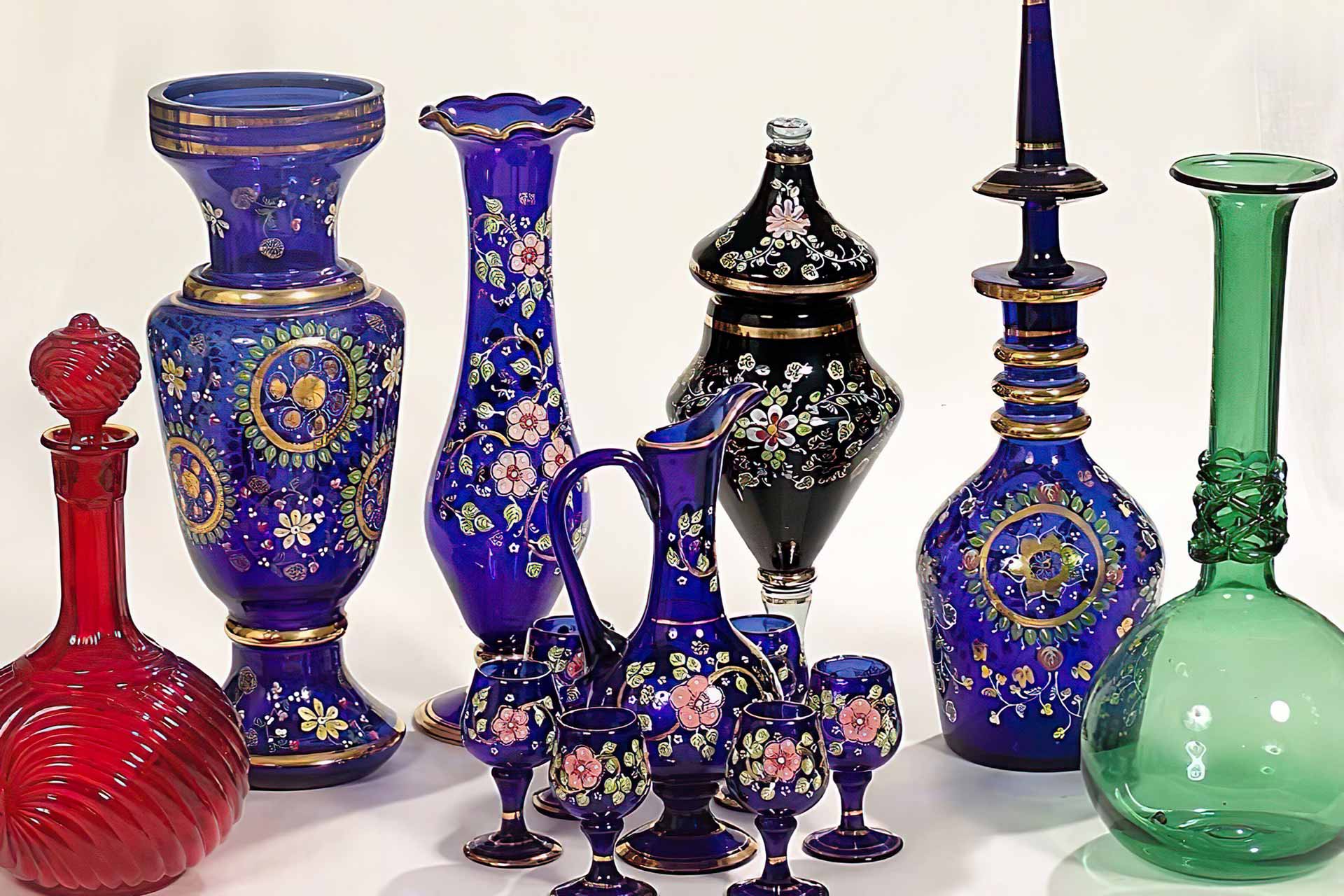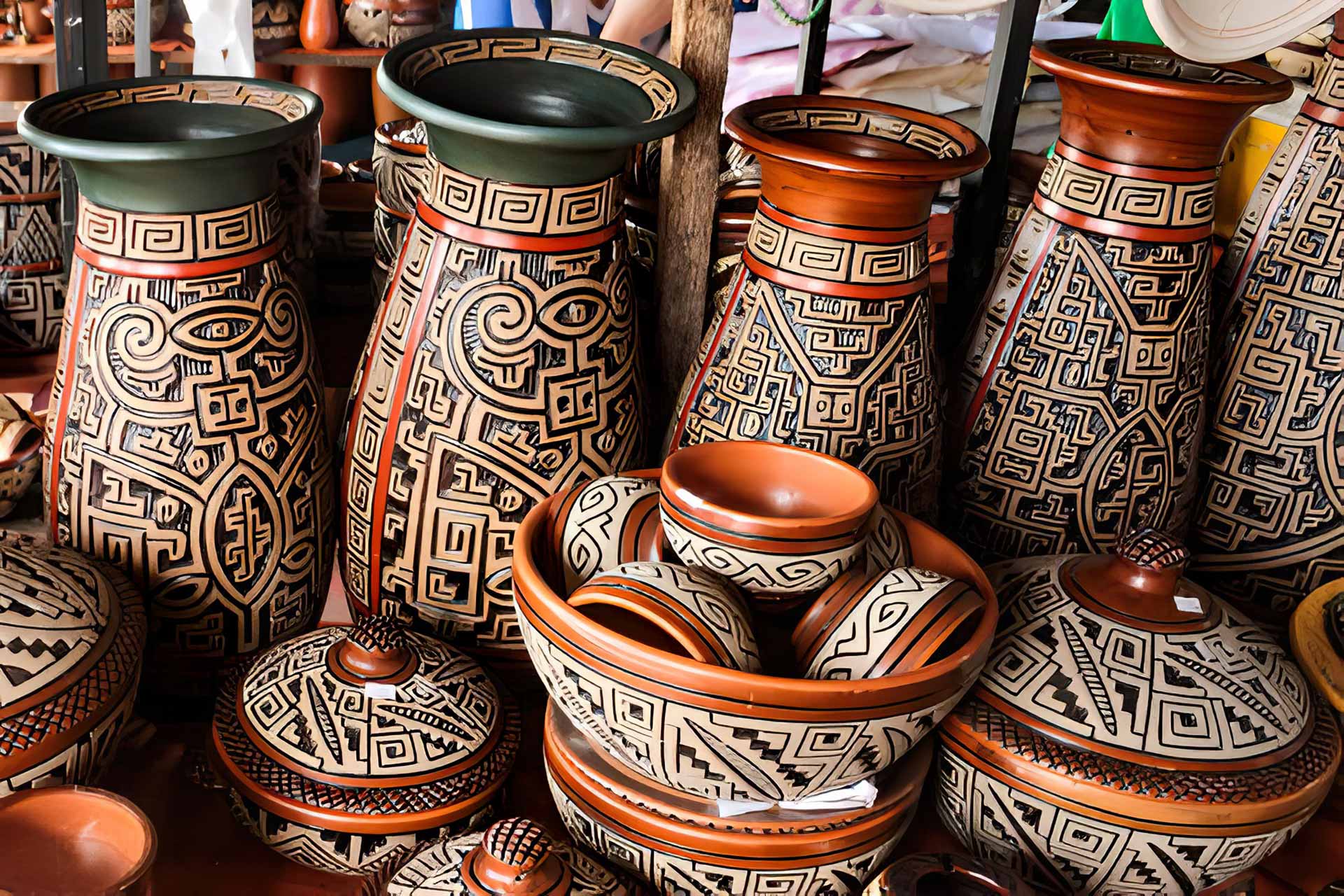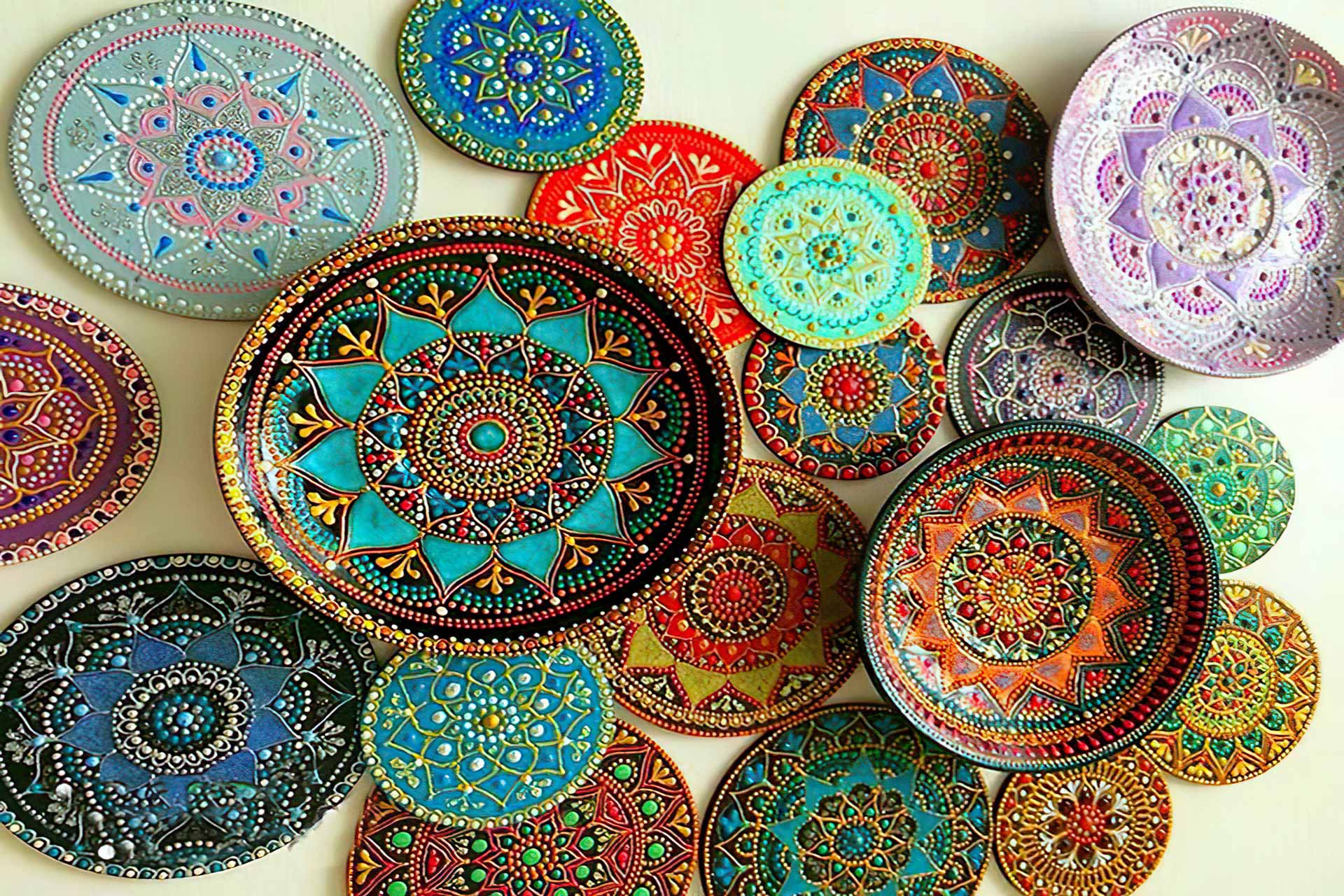Introduction
Iranian handicrafts, as one of the most valuable cultural symbols of this land, have been admired worldwide for centuries. With unparalleled diversity, Iran has earned a special place in global markets. But what makes Iranian handicrafts so appealing? The quality, authenticity, and deep roots in Iranian culture are key factors that have made these arts popular among people around the world.
The Global Significance of Iranian Handicrafts
Iranian handicrafts hold a significant place not only within the country but also in international markets. Artworks produced in Iran, such as pottery, metal crafts, woodwork, and traditional textiles, have always caught the attention of art lovers and global collectors. These crafts, known for their high quality, unique designs, and reflection of Iranian culture, have many admirers in different countries.
Quality and Diversity of Iranian Handicrafts
Iranian handicrafts are renowned for their high quality and extensive diversity. Each of these arts, created using local raw materials and traditional techniques, has become a valuable masterpiece. For instance, Iranian handmade carpets, made from natural fibers and plant-based dyes, are famous for their durability and beauty. Similarly, Iranian pottery and ceramics, with their stunning designs and colors, have always been popular among handicraft enthusiasts.
Types of Iranian Handicrafts
A wide range of handicrafts is produced in Iran, each reflecting the unique culture and art of different regions of the country. Some of these crafts include handmade carpets, kilims, jajims, khatamkari (inlay work), minakari (enamel work), metal engraving, pottery, ceramics, and traditional textiles. Each of these arts originates from specific areas of Iran and is uniquely produced according to the climatic and cultural characteristics of that region.
Cities Producing Export Handicrafts
Various cities in Iran are recognized as major centers for the production of handicrafts. Cities like Isfahan, Shiraz, Tabriz, Kerman, Yazd, and Kashan are among the most important centers for the production and export of Iranian handicrafts. These cities, with skilled and experienced artists, produce high-quality and beautiful works that hold a special place in global markets. For example, Isfahan is known for its enamel and inlay work, while Shiraz is renowned for its meticulously woven handmade carpets and kilims.
Iranian Handicrafts and Their Production Centers
Iranian handicrafts, with their great diversity and high quality, are produced in various cities across the country. Each craft reflects the unique culture and art of a specific region. Below are some of the most important Iranian handicrafts and their production cities:
 Khatamkari (Inlay Work)
Khatamkari (Inlay Work)
The city of Isfahan has brought the art of khatamkari to its peak. This city, with its skilled artists, produces beautiful and high-quality products that are famous worldwide.
Enameling (Minakari)
Enameling, or Minakari, is one of Iran’s unique handicrafts, with its main production center in Isfahan. The vibrant colors and intricate designs of Isfahan’s enamelwork have made it a distinguished piece of Iranian art.
Metal Engraving (Ghalamzani)
Metal engraving is another precious Iranian craft, created in cities like Isfahan, Shiraz, and Tabriz. The artisans in these cities craft exquisite, one-of-a-kind pieces with their remarkable skills.
Pottery
Pottery is one of Iran’s oldest crafts, produced in cities such as Lalejin (Hamadan), Meybod (Yazd), and Kalpourgan (Sistan and Baluchestan). The unique designs and colors of pottery from these regions have given them a special reputation.
Ceramics
Ceramic making is also prevalent in cities like Tehran, Qom, and Isfahan. This art combines modern techniques with traditional designs to create beautiful, high-quality products.
Traditional Weaving
Iran’s traditional weaving includes various fabrics and local garments produced in cities like Kurdistan, Mazandaran, East Azerbaijan, and Gilan.
Handwoven Carpets
Handwoven carpets are among Iran’s most famous handicrafts, produced in cities like Tabriz, Isfahan, Kashan, Kerman, Mashhad, and Shiraz. Each region produces carpets with unique designs and characteristics.
Kilim
Artisans in cities such as Kermanshah, Hormozgan, Fars, East Azerbaijan, and Khorasan weave kilims with special designs and colors. These kilims, made with local materials and traditional techniques, are of exceptional quality.
Jajim
Jajim weaving is a traditional Iranian craft, produced in cities like Zanjan, Ardabil, Mazandaran, and Kurdistan. The colorful wool and local designs of these regions’ Jajims are renowned.
Iranian handicrafts, with their remarkable diversity and quality, are produced across various cities, each reflecting the culture and art of its region. Given the global significance of these crafts, a focus on quality and authenticity could enhance Iran’s position in the global market.
Iran’s Handicrafts Exports
 Iran’s handicraft exports have been a vital part of the country’s economy from ancient times to today. These unique products are exported to various countries, including the United States, Europe, the Persian Gulf countries, and Asia. These items’ high quality, originality, and distinctive design are key factors that have increased the demand for Iranian handicrafts in global markets.
Iran’s handicraft exports have been a vital part of the country’s economy from ancient times to today. These unique products are exported to various countries, including the United States, Europe, the Persian Gulf countries, and Asia. These items’ high quality, originality, and distinctive design are key factors that have increased the demand for Iranian handicrafts in global markets.
However, the export of Iranian handicrafts faces several challenges that can limit the growth and development of this industry. Some of these challenges include not meeting international standards in packaging and the quality of raw materials, reducing cultural authenticity due to modern techniques, and weak marketing and branding of products. Additionally, financial issues and limited access to financial resources, along with currency fluctuations and high transportation costs, can negatively impact pricing and the competitiveness of Iranian handicrafts in international markets.
In this challenging path, Mansion Company, with its strong commercial consulting team, is ready to assist producers and improve the export process of handicrafts from start to finish. Additionally, the company offers practical solutions to resolve issues related to quality, marketing, and cost management, helping producers strengthen the presence of Iranian handicrafts in global markets.
Conclusion
With their long history and unmatched diversity, Iranian handicrafts continue to be one of the country’s most important cultural and economic symbols. Given the global importance of these arts, improving quality, preserving authenticity, and expanding exports can help increase foreign exchange earnings for Iran. Moreover, introducing more people worldwide to these artistic treasures can enhance Iran’s standing in global markets.



 Khatamkari (Inlay Work)
Khatamkari (Inlay Work)
